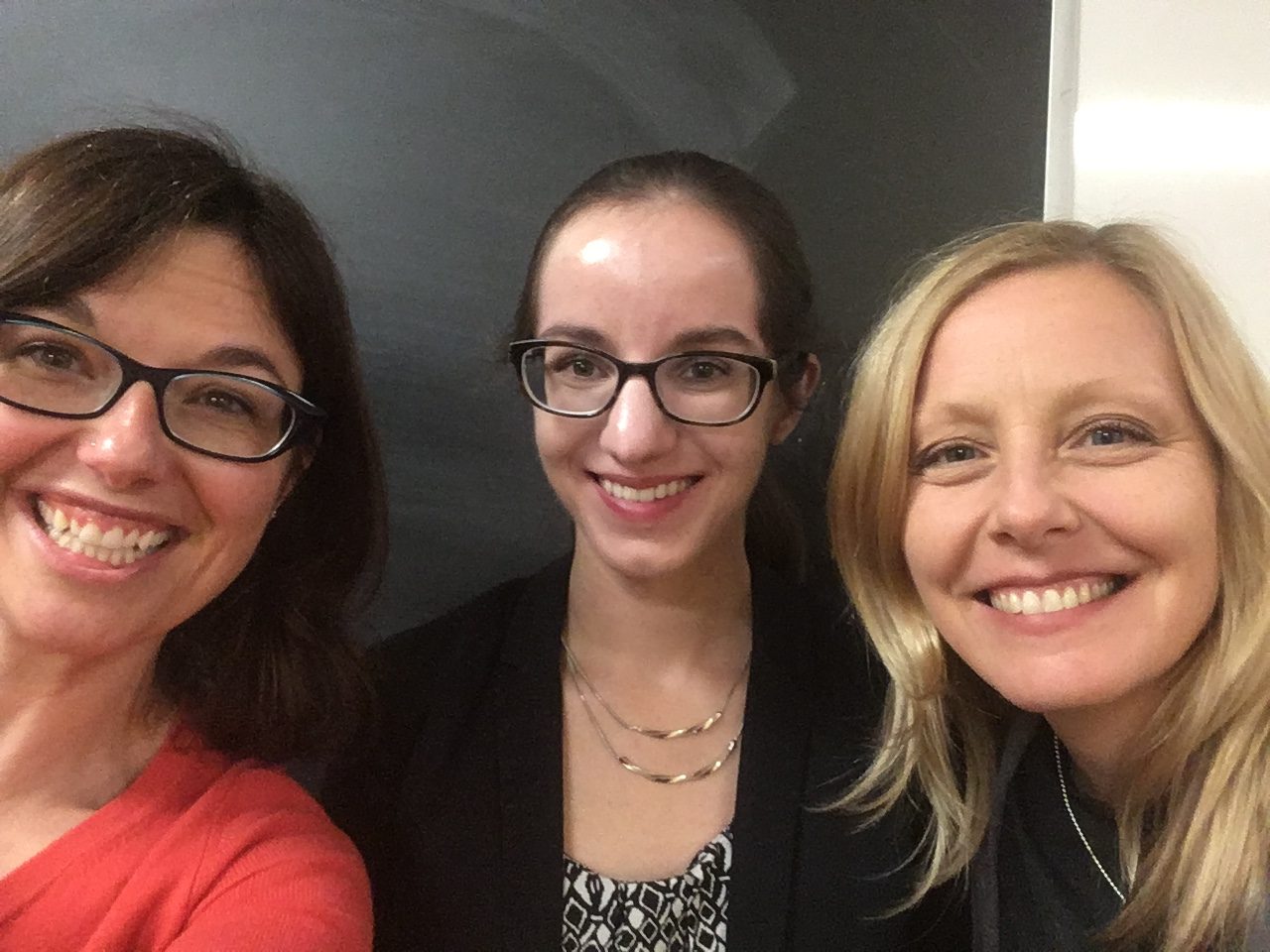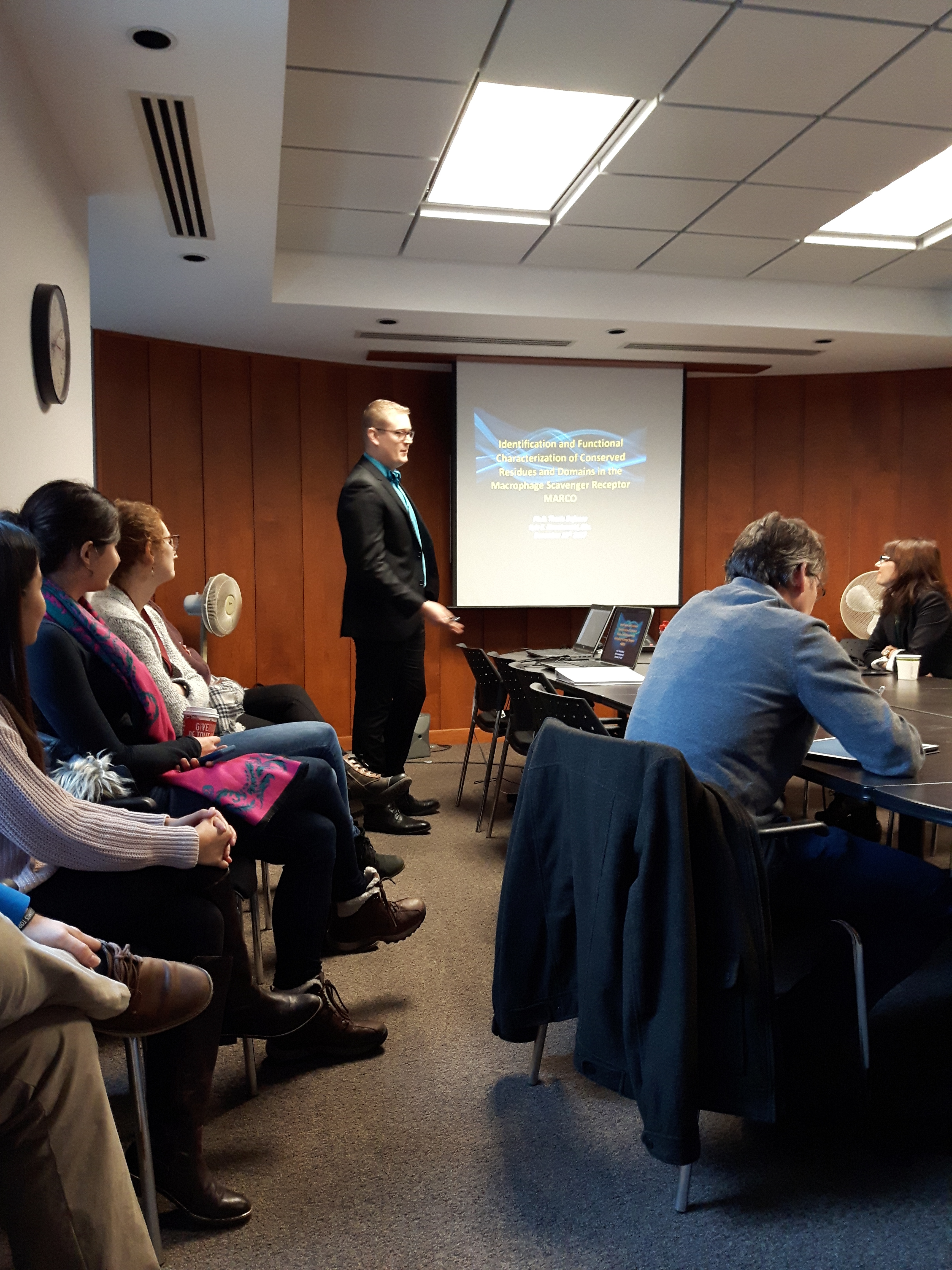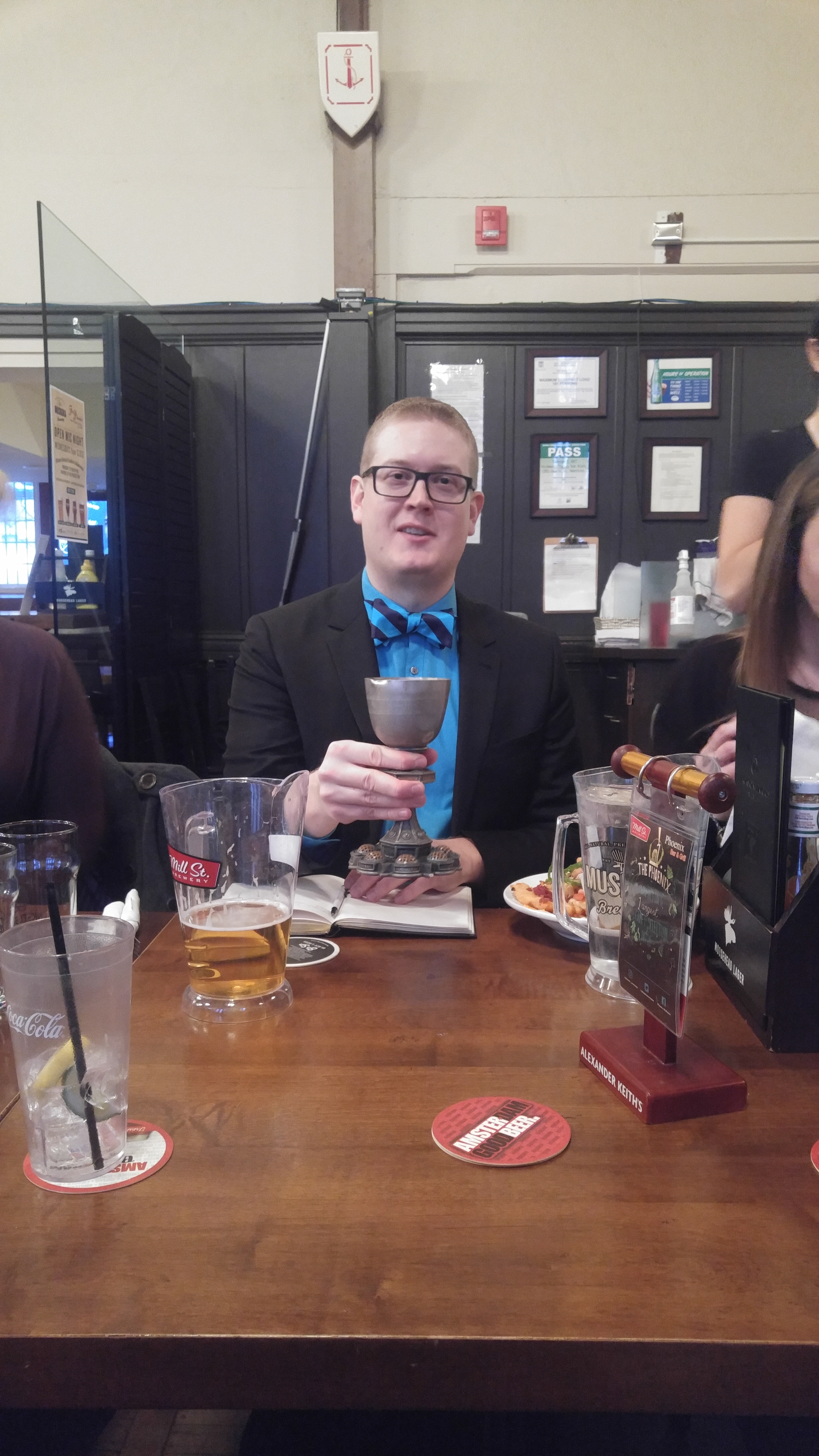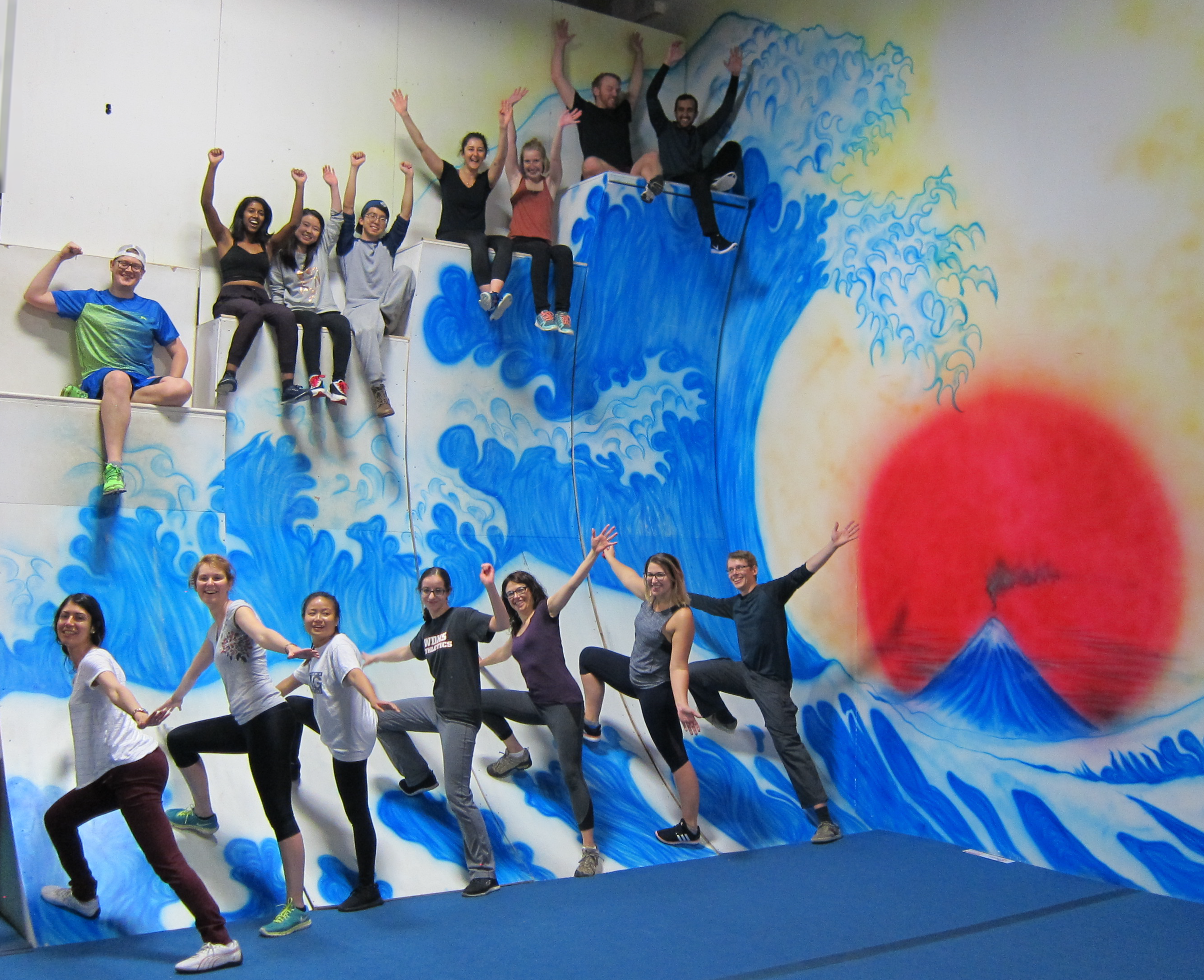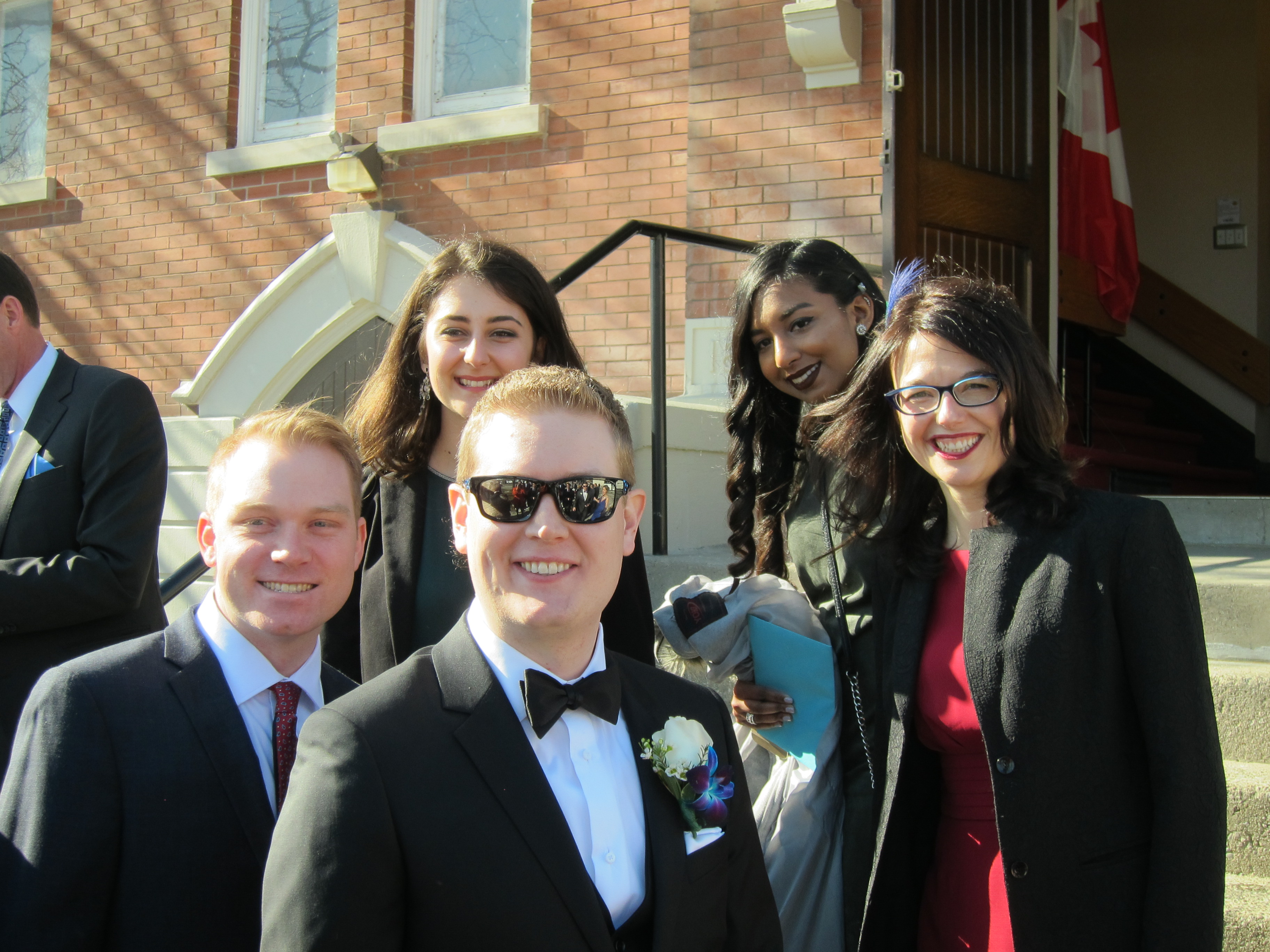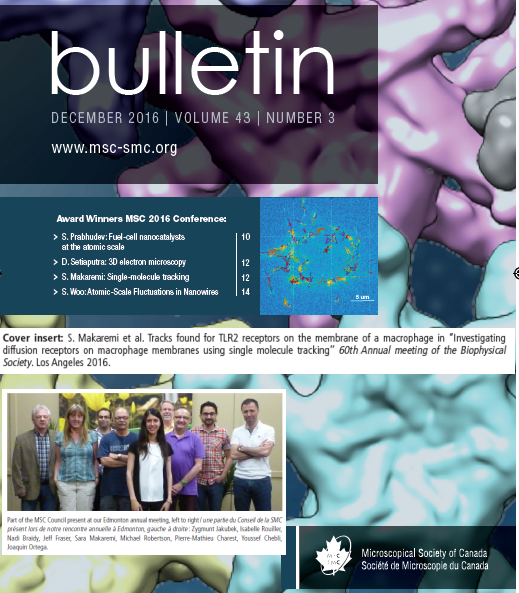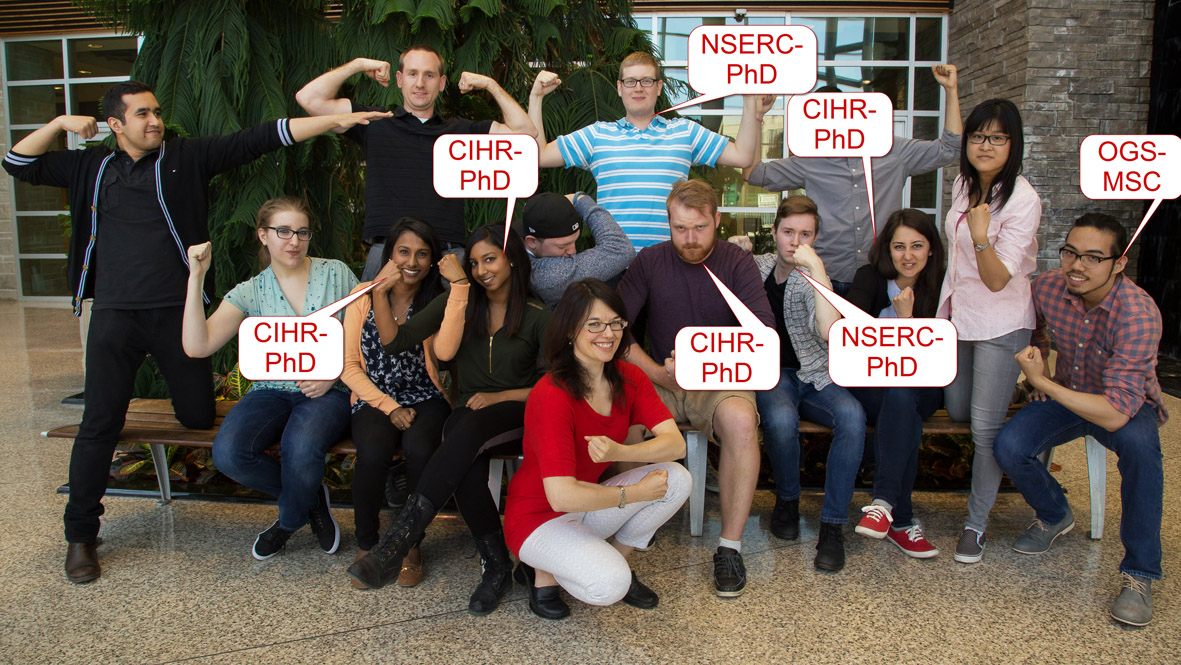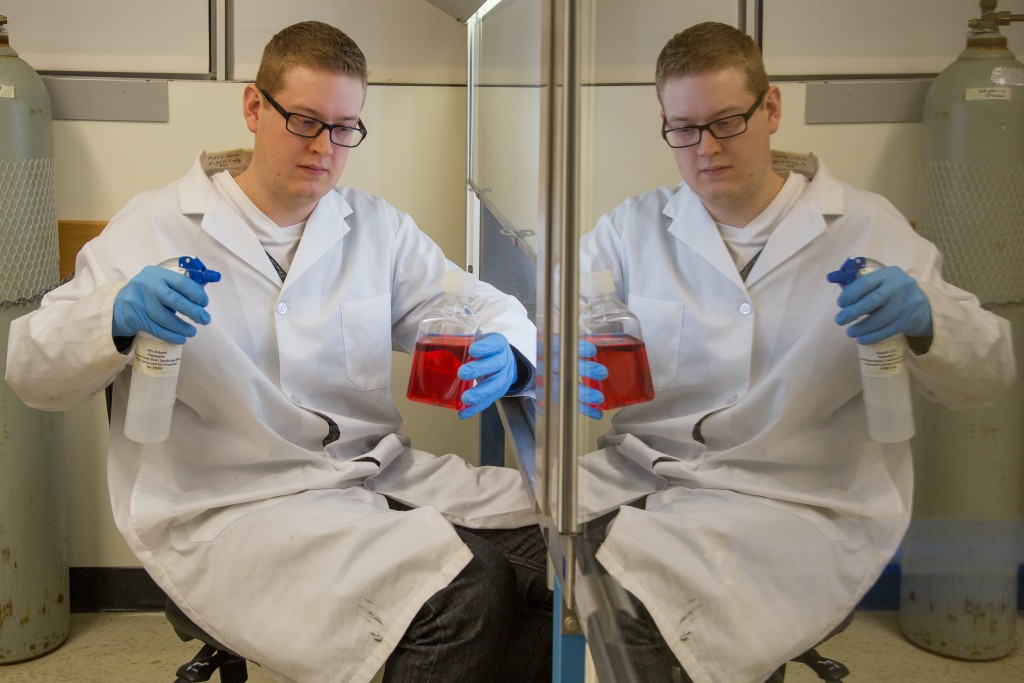Tag Archives: success!
Kyle Novakowski is the Bowdish lab’s newest PhD!
Kyle Novakowski successfully defended his thesis “IDENTIFICATION AND FUNCTIONAL CHARACTERIZATION OF CONSERVED RESIDUES AND DOMAINS IN THE MACROPHAGE SCAVENGER RECEPTOR MARCO” to become the Bowdish lab’s 4th PhD student. He’ll be joining Turnstone Biologics as a PhD scientist. We wish him very well in his future endeavours. Congratulations Dr. Novakowski!
Publication: Human-specific mutations and positively-selected sites in MARCO confer functional changes.
First author on the publication, PhD student Kyle Novakowski of Dr. Dawn Bowdish’s lab.
A common element that links ancient fish that dwell in the darkest depths of the oceans to land mammals, Neanderthals, and humans is the necessity to defend against pathogens. Hundreds of millions of years of evolution have shaped how our innate immune cells, such as macrophages, detect and destroy microorganisms.
In a new study led by Dr. Dawn Bowdish (in collaboration with Dr. Brian Golding) and her PhD student Kyle Novakowski, the team identified novel sites within a macrophage receptor, MARCO, that are under positive selection and are human-specific. The team demonstrated the importance of these sites by site-directed mutation and showed a reduction in cellular binding and uptake of pathogens. These findings demonstrate how small genetic changes in humans can influence how we defend ourselves against pathogens.
Read the full publication in Oxford University Press.
Bowdish lab joins the circus.
The lab that plays together stays (late nights scienc-ing) together, which is why the Bowdish lab had our annual retreat at Zacada circus school. Here we got some very sore muscles and discussed our successes and challenges of the past year and what our goals and ambitious are for the following year. Go Team!
Alumnus update: Former Bowdish lab undergraduate Charles Yin wins prestigious Vanier scholarship for his MD/PhD work!
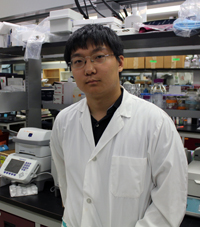 Congratulations to former Bowdish lab undergraduate student Charles Yin on his week of accomplishments – publishing his paper on one of his undergraduate projects and winning a prestigious CIHR Vanier Scholarship for his MD/PhD work at UWO.
Congratulations to former Bowdish lab undergraduate student Charles Yin on his week of accomplishments – publishing his paper on one of his undergraduate projects and winning a prestigious CIHR Vanier Scholarship for his MD/PhD work at UWO.
Congrats Charles!
Success! PhD candidate Kyle Novakowski gets married.
Sara Makaremi’s PhD work featured in the Microscopical Society of Canada’s bulletin!
Sara is learning how macrophage receptors move through membranes using high resolution microscopy. Her beautiful work was featured in Decembers bulletin. Congratulations Sara!
For the full bulletin, see here.
The Bowdish lab is the strongest lab at McMaster and we have the scholarship winners to prove it!
Who’s got the strongest lab at McMaster? I do! We’ve had a great run of success at the Bowdish lab with fully all of our students receiving prestigious scholarships! And that’s not to mention our other successes such as our summer scholarship winners (Jason Fan – IIDR), our students who got their degree and moved on to great things (Dr. Fan Fei – manager of Mass Spec facility, Dr. Mike Dorrington – PDF at the NIH), and our PDF, Dr. Chris Verschoor who got a faculty position!
Publication: Tumor necrosis factor drives increased splenic monopoiesis in old mice

PhD student Dessi Loukov in the lab of Dr. Dawn Bowdish, recently published a study showing that splenomegaly in old mice is a result of extramedullary hematopoiesis, and that this increased monopoiesis is driven by age-associated increase in TNF. The study compared changes in the microarchitecture and composition of the spleen in old and young mice and found that in old mice, there was an increase in the size and cellularity of the red pulp (the site of hematopoiesis of myeloid precursors). To study the role of TNF in the development of extramedullary hematopoiesis, they used TNF KO mice and found that these mice did not have increased extramedullary monopoiesis. Furthermore, they demonstrated that increased splenic myelopoiesis was a result of the aging microenvironment. This work suggests that strategies which aim to decrease the inflammatory microenvironment that comes with aging, would be effective in reducing inflammatory diseases propagated by cells of the myeloid lineage. Read More


